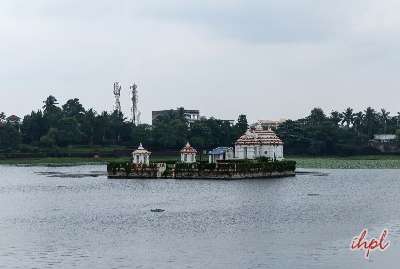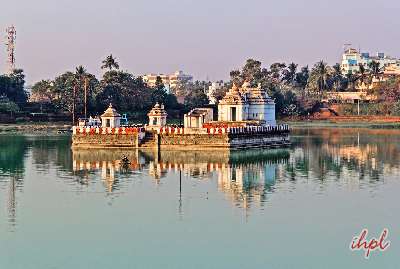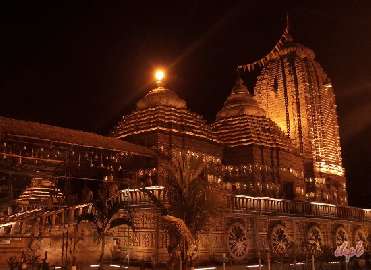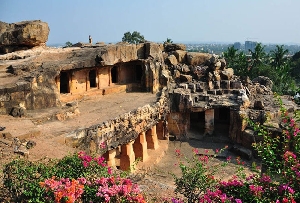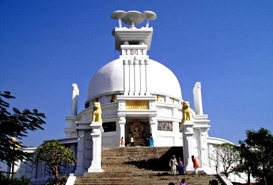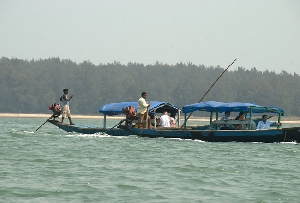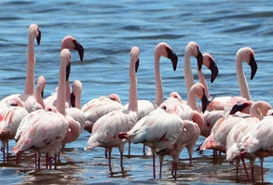Performing Arts of Orissa have carved a niche in the sphere of Indian art forms due to the presentation skills, indigenous steps and classical ardor. Some of these dance forms are easy to perform and can be practiced by all and sundry without any classical training. Others are more painstaking to follow and needs expertise to perform. The essence of the dance forms also varies from one to the other. While some are pastoral in essence, others are ritualistic and folklore-laden. These dances are practiced in different regions of Orissa. The Chaiti Ghoda Dance is mainly performed by the fishing community dwelling on the Coastal belts of Orissa.
Background and History of Chaiti Ghoda Dance
The Chaiti Ghoda Dance which is otherwise known as the Horse dance of Orissa is mainly performed during festivals and occasions related to the fishing community of Orissa. The dance is deeply ingrained in the Shakti cult. An integral portion of this dance drama is enacted by the character of a horse. Therefore it is called Ghoda Dance.
The Kaibarta Caste is the sole performer of this dance form. There is a specific time in the month of Chaitra to perform the dance. Chaiti Ghoda Dance is performed in reverence to Vasuli Devi who is believed to one of the incarnations of Goddess Durga or Shakti. Vasuli Devi is also held in high esteem in Puri where the Raja grants lands for its worship.
The dance form with its varied mythological associations and accompaniments is interesting to watch. Dhole and Mahuri are the two instruments used and extracts of local poets are sung with great vigor. There are three main characters including the horse. Rauta and Rautani are the other two.



